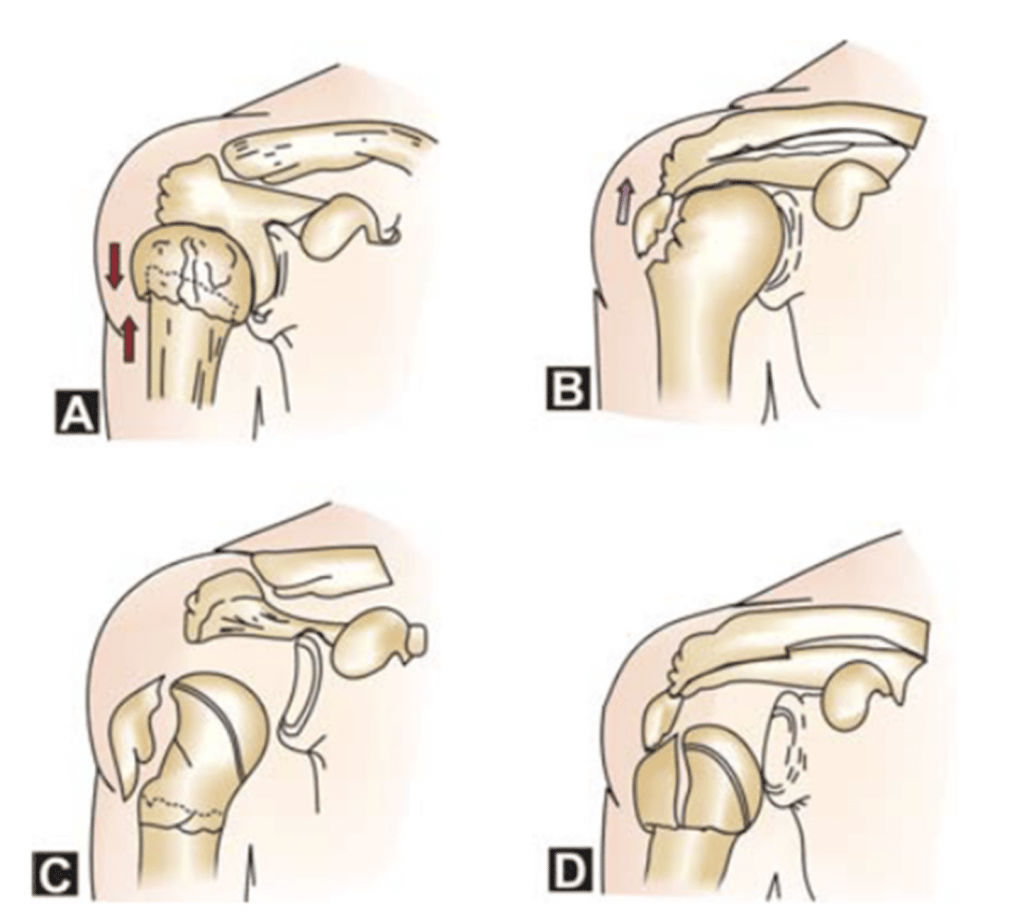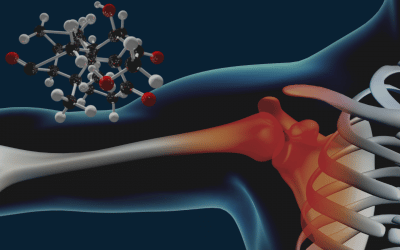Yes, you can fracture any bone in your body. Sometimes multiple bones at the same time.
However, what is a fracture? It is a break in the continuity of the bone with a degree of injury to the soft tissue (muscles, ligaments, nerves, blood vessels, etc.) surrounding the bone.
All bones have their special classifications attributed to them to help make their diagnosis and treatment easier.
The proximal humerus (upper arm bone) that forms one-half of the shoulder jointThe glenohumeral joint is a ball-and-socket synovial joint and is the most mobile joint in the human More follows Neer’s shoulder classification:
Neer’s Classification is based on the anatomic relationship of four segments shown in the figure below. The fracture is said to be displaced if the bone segment has moved more than 1 cm or greater than 45 degrees from its normal position.

One-Part Fractures:
a fracture with no fragments displaced
Two-Part Fractures:
where one fracture fragment is displaced away from the bone
Three-Part Fractures:
usually, one tuberosity is displaced, and the neck fracture is displaced. The remaining tuberosity is attached, which produces a rotational deformity.
Four-Part Fractures:
all 4 segments are out of place and displaced. This is a severe injury and carries a high risk of avascular necrosis (death of the bone cells due to lack of blood supply).

